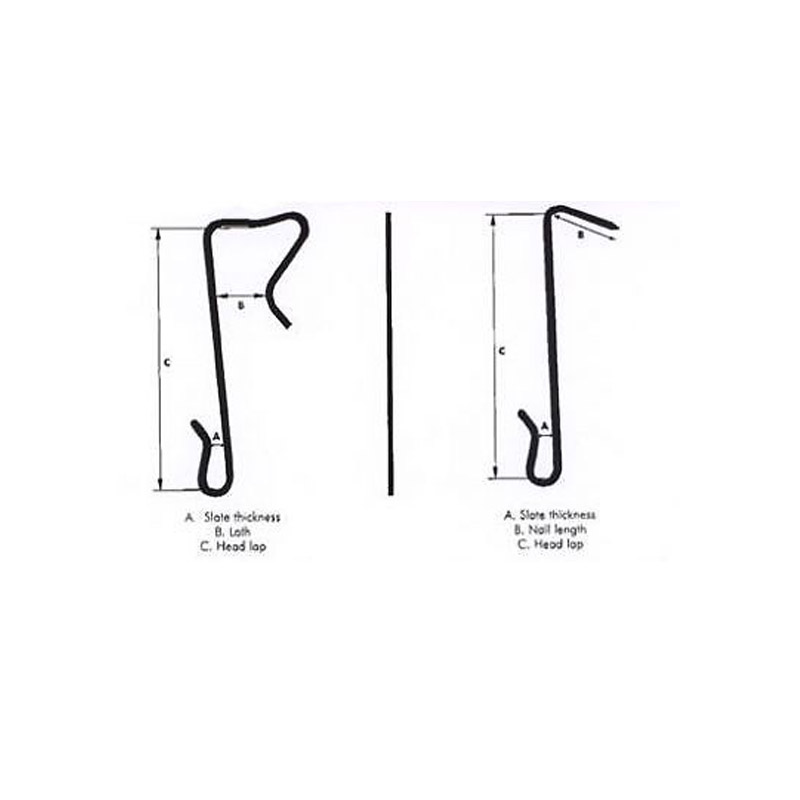
- Mobile Phone
- +8613931874955
- sales@cntcmetal.com
Exploring the Impact of Cattle Management Practices on Sustainable Livestock Production Systems
The Importance of Cattle Panels in Modern Livestock Management
Cattle panels, also known as cattle fences or cattle grids, play a crucial role in modern livestock management. These sturdy and versatile structures are designed to provide safety, security, and efficiency in handling cattle on farms and ranches. With the growing importance of sustainable agricultural practices, understanding the benefits and applications of cattle panels has become increasingly relevant.
What are Cattle Panels?
Cattle panels are typically made from heavy-duty, galvanized steel or welded wire and come in various sizes and strengths to accommodate different breeds and sizes of cattle. They are often used to create enclosures, holding pens, or temporary barriers that can easily be relocated as needed. The design of cattle panels allows for optimal airflow and visibility, making them a favorite among livestock farmers.
Security and Safety
One of the primary purposes of cattle panels is to ensure the safety of both the cattle and the handlers. These panels are designed to withstand the weight and force of large animals while preventing escapes. A well-constructed cattle panel system can minimize the risk of injury to both livestock and employees. Furthermore, using cattle panels can reduce stress among animals during handling, as they provide a secure area that prevents overcrowding and gives cattle room to move freely.
Versatility in Application
Cattle panels can be employed in various settings, making them a versatile tool for livestock management. They are commonly used to create
1. Pastures Farmers can easily set up temporary fencing for rotational grazing, allowing them to manage pasture health effectively while giving cattle fresh forage.
cattle panel

2. Working Pens Cattle panels form efficient working pens that aid in the process of sorting, loading, and doctoring cattle, thereby improving the overall management process.
3. Shelters With some creativity, cattle panels can be used to construct simple shelters to protect cattle from harsh weather conditions, ensuring animal welfare and comfort.
4. Calf Housing Smaller panels can be adapted to create safe spaces for calves, allowing them to grow in a secure environment while still being accessible for caretaking.
Cost-Effectiveness
Investing in cattle panels can be financially advantageous for farmers in the long run. Their durability means they require minimal maintenance and can last for many years, reducing the need for frequent replacements. Moreover, their ease of setup and dismantling enables farmers to change their grazing systems without incurring significant costs. By optimizing the available land through better rotation and management practices, cattle panels contribute to increased productivity and sustainability.
Environmental Impact
As sustainable agricultural practices gain traction, cattle panels play a pivotal role in reducing the environmental footprint of livestock farming. By facilitating rotational grazing and preventing overgrazing, they help maintain pasture health and biodiversity. Healthy pastures can sequester more carbon dioxide, thus mitigating some effects of climate change. Moreover, by confining cattle to designated areas, farmers can control manure distribution, leading to improved soil health and reducing water contamination.
Conclusion
In summary, cattle panels are an invaluable tool in modern livestock management, combining safety, versatility, cost-effectiveness, and environmental benefits. Their ability to adapt to different farming practices makes them essential for both small-scale farmers and large ranchers. As the agricultural sector continues to evolve, the role of cattle panels will undoubtedly remain significant, helping farmers meet the challenges of modern farming while ensuring the welfare of their livestock. Whether one is managing a small herd or running a large operation, investing in cattle panels can lead to more efficient and sustainable farming practices.
share:
-
Creative Ways to Decorate Your Tomato CageNewsAug.22,2025
-
Common Mistakes When Installing Brick Wall TiesNewsAug.22,2025
-
Customizing Conical Springs for Aerospace ApplicationsNewsAug.22,2025
-
Galvanized Tie Wire for Binding PipesNewsAug.22,2025
-
Environmental Impact of Using Snake Spacers in PlumbingNewsAug.22,2025
-
Sacrificial Formwork Systems for Complex StructuresNewsAug.22,2025
-
Wall Ties for Concrete: Invisible Guardians of Building Structural StabilityNewsAug.08,2025
